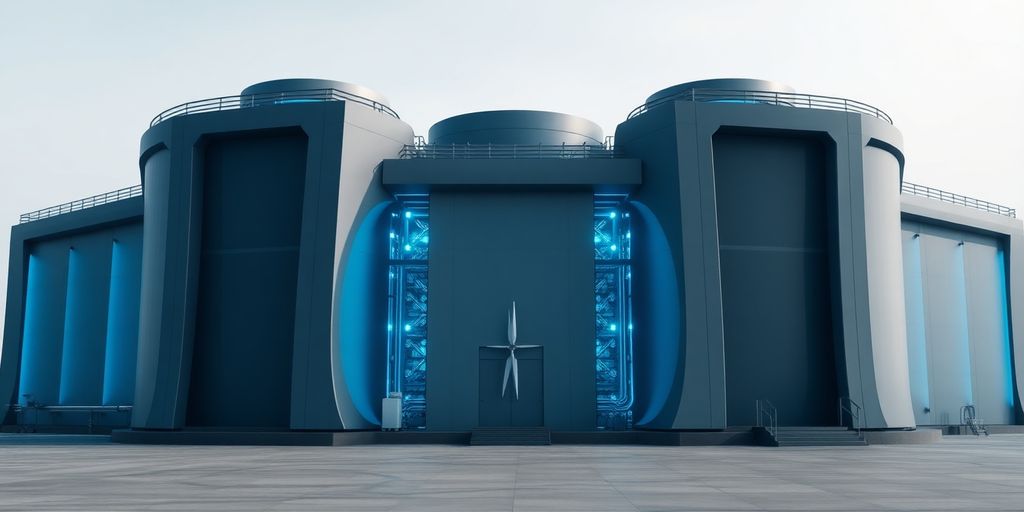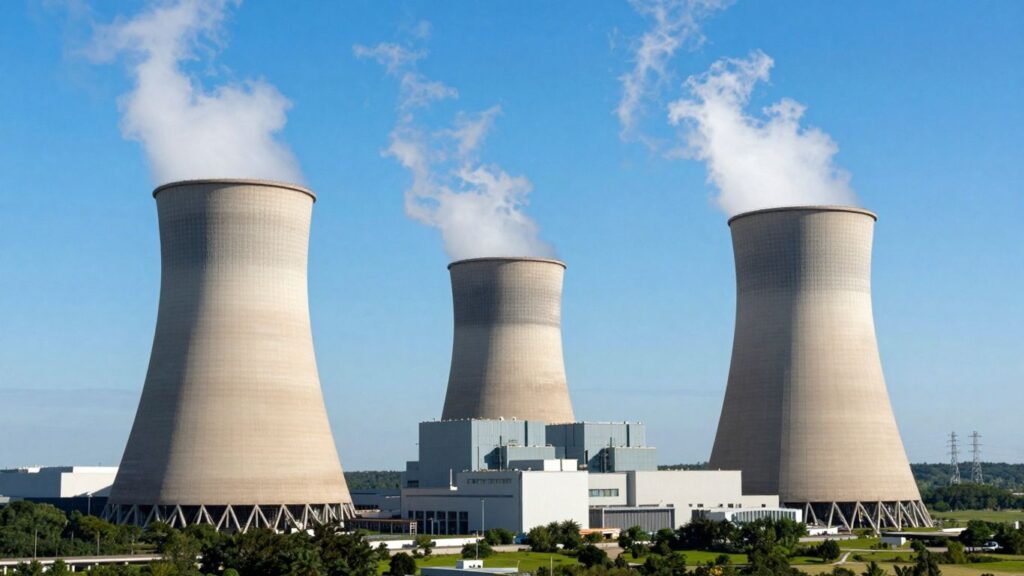U.S. Department of Energy Accelerates Advanced Reactor Development
The U.S. Department of Energy (DOE) is making a significant push to revitalize the nation’s nuclear industry by aiming to select and help construct two advanced nuclear reactor prototypes within seven years. This initiative, part of the new Advanced Reactor Demonstration Program, has been allocated $230 million for the current fiscal year, with each project potentially receiving up to $4 billion in a 50-50 collaboration with industrial partners.
Key Takeaways
- The DOE plans to build two advanced nuclear reactor prototypes within seven years.
- The program is funded with $230 million this fiscal year and aims for a 50-50 partnership with industry.
- The goal is to move from designing reactors on paper to building functional demonstrations.
- The initiative seeks to maintain U.S. nuclear expertise and competitiveness.
Revitalizing a Struggling Industry
The U.S. nuclear industry, while currently supplying 20% of the nation’s electricity and 50% of its carbon-free energy, has faced decades of decline. The fleet has shrunk from 113 reactors in the early 1990s to 96 today, with further closures anticipated. This new program, championed by the Trump administration, aims to inject new life into the sector by fostering the development of safer and more efficient reactor designs.
Program Focus and Exclusions
The program is designed to support novel reactor concepts that are not already far along in development. For instance, NuScale Power’s small modular reactors and the Versatile Fast Neutron Source are ineligible, as DOE is already collaborating on these projects. The DOE is looking for a wide variety of innovative designs, potentially including smaller reactors that utilize advanced fuels and coolants like molten salt, offering greater efficiency than traditional designs.
Skepticism and Optimism
While some experts view the program as a potential game-changer, others express skepticism. Concerns have been raised about the program’s ambitious seven-year timeline, especially given the lengthy licensing reviews typically required by the Nuclear Regulatory Commission. Furthermore, the high capital costs of new nuclear reactors, often exceeding $7 billion, make it difficult for them to compete with cheaper natural gas and renewable energy sources in the current market.
However, proponents argue that the cost of renewables will eventually rise due to intermittency issues, making nuclear power economically competitive again. They emphasize the importance of maintaining U.S. nuclear capabilities for future energy needs. The DOE aims to select the winning designs by September 30th, with letters of intent due in June.












